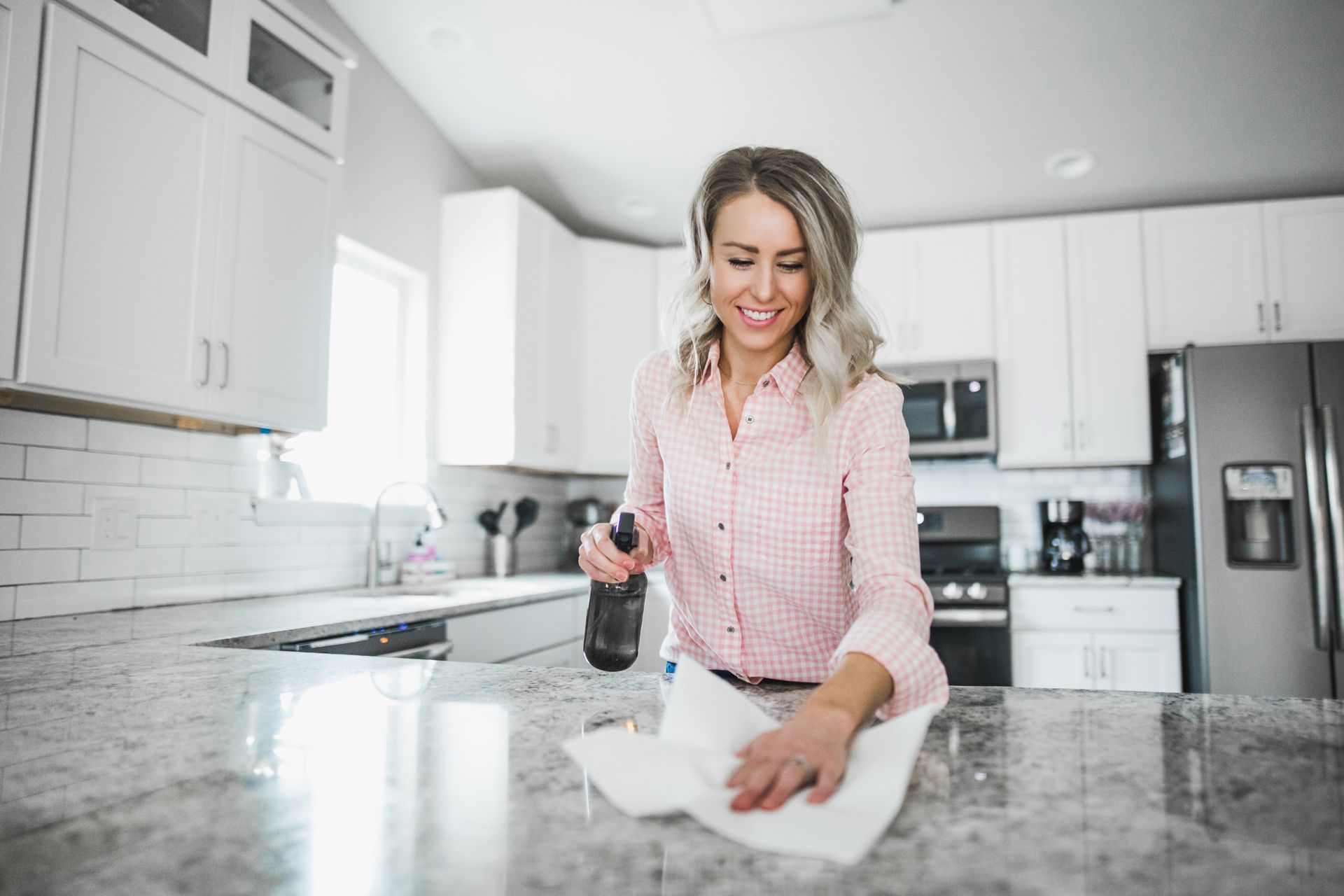Natural stone surfaces, such as marble, granite, limestone, or travertine, bring elegance and sophistication to any space. However, due to wear, scratches, and exposure to moisture and dirt, these surfaces can lose their shine over time. Polishing natural stone is essential for restoring its glossy finish and enhancing its durability.
Why Polishing Natural Stone is Important
Polishing is not just about aesthetics—it also serves several practical benefits:
- Restores Shine – Natural stone can lose its luster over time due to foot traffic, spills, and regular use. Polishing rejuvenates the surface.
- Protects Against Stains – A polished surface makes it more resistant to stains and moisture absorption.
- Smooths Imperfections – Proper polishing techniques can diminish or remove Minor scratches and etching.
- Extends Longevity – Regular polishing helps maintain the integrity of the stone, ensuring it lasts for decades.
Step-by-Step Guide to Polishing Natural Stone Like a Pro
1. Identify Your Stone Type
Different types of natural stone require different polishing techniques:
- Marble & Limestone – Soft, porous stones require gentle polishing to avoid scratches.
- Granite & Quartzite – Hard, dense stones that require diamond polishing pads for effective results.
- Travertine – Porous and textured, requiring extra sealing after polishing.
- Slate – Naturally rough, often enhanced with a stone enhancer rather than polished.
Understanding your stone type ensures you use the right products and techniques.
2. Clean the Surface Thoroughly
Before polishing, the stone surface must be free of dirt, debris, and stains.
How to Clean Natural Stone Before Polishing:
- Remove loose dirt – Sweep or dust the surface.
- Use a pH-neutral cleaner – Mix warm water with a mild stone cleaner or a few drops of dish soap.
- Wipe with a soft cloth or mop – Avoid harsh brushes or scrubbing pads.
- Dry the surface completely – Let it air dry or use a microfiber cloth to remove excess moisture.
Pro Tip: Avoid acidic or abrasive cleaners, which can etch the surface and make polishing more difficult.
3. Select the Right Polishing Method
Two main methods for polishing natural stone are DIY hand polishing and machine polishing.
DIY Hand Polishing (For Small Areas)
Hand polishing is a practical option if you have a small surface, such as a countertop or tabletop.
What You Need:
- A stone polishing powder or compound (specific to your stone type)
- A soft cloth or buffing pad
- Water
How to Hand Polish:
- Apply polishing powder – Sprinkle a small amount on the surface.
- Dampen a soft cloth – Use water to create a paste-like consistency.
- Buff in circular motions – Gently rub the surface until the shine starts to appear.
- Wipe clean – Use a damp cloth to remove any excess residue.
Pro Tip: Use a high-quality stone polish spray after buffing for extra shine.
Machine Polishing (For Floors and Large Areas)
A machine polisher is the best option for larger surfaces, such as stone floors or walls.
What You Need:
- A variable-speed stone polisher (also known as a buffer)
- Diamond polishing pads (grit levels ranging from coarse to fine)
- Water spray bottle
- A sealant (optional, but recommended)
How to Machine Polish:
- Attach a low-grit diamond polishing pad (e.g., 50-100 grit) to the polisher.
- Lightly wet the surface – Use a spray bottle to prevent overheating.
- Begin polishing in sections – Move the machine in circular motions over the stone.
- Gradually switch to finer grits – Increase the grit level (200, 400, 800, 1500, and 3000) for a smoother finish.
- Wipe down the surface – Remove dust and excess polish residue with a clean cloth.
Pro Tip: Always keep the surface slightly damp while polishing to avoid friction burns on the stone.
4. Seal the Stone After Polishing
After polishing, sealing your natural stone is highly recommended, especially for porous stones like marble, limestone, and travertine.
How to Apply a Sealer:
- Choose a high-quality stone sealer – Look for a penetrating sealer suitable for your stone type.
- Apply with a soft cloth or sponge – Work in even layers.
- Allow time to absorb – Let the sealer sit for 10-15 minutes.
- Buff away excess – Use a clean, dry cloth to remove any leftover sealer.
Pro Tip: Sealing protects against stains, water damage, and daily wear. Depending on usage, it should be reapplied every 6-12 months.
5. Maintain the Shine with Regular Care
Once your natural stone is polished, follow these maintenance tips to keep it looking flawless:
✔
Use pH-neutral stone cleaners – Avoid acidic substances like vinegar, lemon juice, or harsh chemicals.
✔
Wipe up spills immediately – Prevent stains from setting.
✔
Use coasters, mats, and rugs – Protect surfaces from scratches and heat.
✔
Re-polish as needed – Consider light re-polishing for high-traffic areas every 6-12 months.
Common Mistakes to Avoid
🚫
Using acidic cleaners – These can etch and dull the surface.
🚫
Skipping sealing – Unsealed stone is more prone to stains and damage.
🚫
Using rough pads or steel wool – These can scratch and ruin the finish.
🚫
Applying too much polish – Overuse of polish can create residue buildup.
Final Thoughts
Polishing natural stone is an essential step in maintaining its beauty and durability. Whether refreshing a marble countertop, restoring a granite floor, or enhancing the look of travertine tiles, the right techniques and tools will ensure a flawless finish. With proper cleaning, polishing, and sealing, your natural stone surfaces will continue to shine for years.
If your stone requires extensive restoration or you are unsure about the process, consider hiring Marble Stone Polish for expert results. A well-maintained natural stone surface is a valuable investment and a timeless feature in any home.


